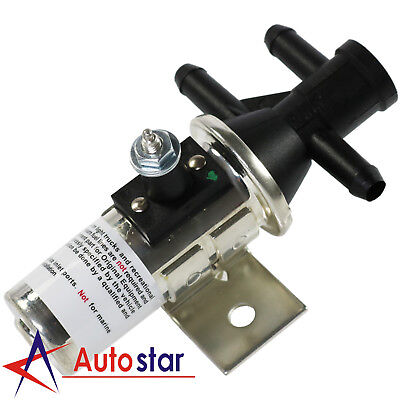Can't agree, as both are prone to failure. Tthe old 3 port is either on or off, simple solenoid coil, it either shunts the valve port for L or R tank pickup. Correct, the gauge is controlled via the selector switch. Possibly the valve becomes unreliable if you only ever keep using the LH tank and are forever having the valve coil energised. Yes it may have voltage fluctuations and eventually burn out the coil, it is an electrical item. The later ones are also VERY susceptible to failure, as they use a small drive motor to wind the valve from one end to the other. It also relys on internal contacts to control the fuel gauge. The main reason for the 6 ports is to valve the return lines in conjunction with the pickup lines.
I probably should have elaborated better in my previous post, but in the end we may have to agree to disagree on this one.
4 types of valves were used. Single wire valves were made with either 3 or 6 ports. 6 wire valves were made 3 or 6 ports.
The single wire valves had a couple of issues. One is they are solenoid with a tension spring, and seems to be less reliable than than the motor in the 6 wire valve. Next the single wire valve requires a good ground contact with the frame, if the mounting area corrodes or a guy changes the valve without cleaning it up, it won't work or won't work correctly. The 6 wire valve does not rely on frame contact for a ground. Last this doesn't really reflect reliability, but because the single wire valve handles the gauge change in the switch if the valve fails the gauge still changes so the driver is blissfully unaware that the tank hasn't changed over until it runs dry. With the 6 wire valve the if the valve fails to move the gauge won't change so the driver knows right away that there is a problem.
The single wire valves are more prone to failure, but the 6 wire valves are not infallible either. I base this information on what I see at the shop and that there are kits made to convert to the 6 wire valve and for a fresh install, but for the single wire valves there is no kit, but the valve is still available.


